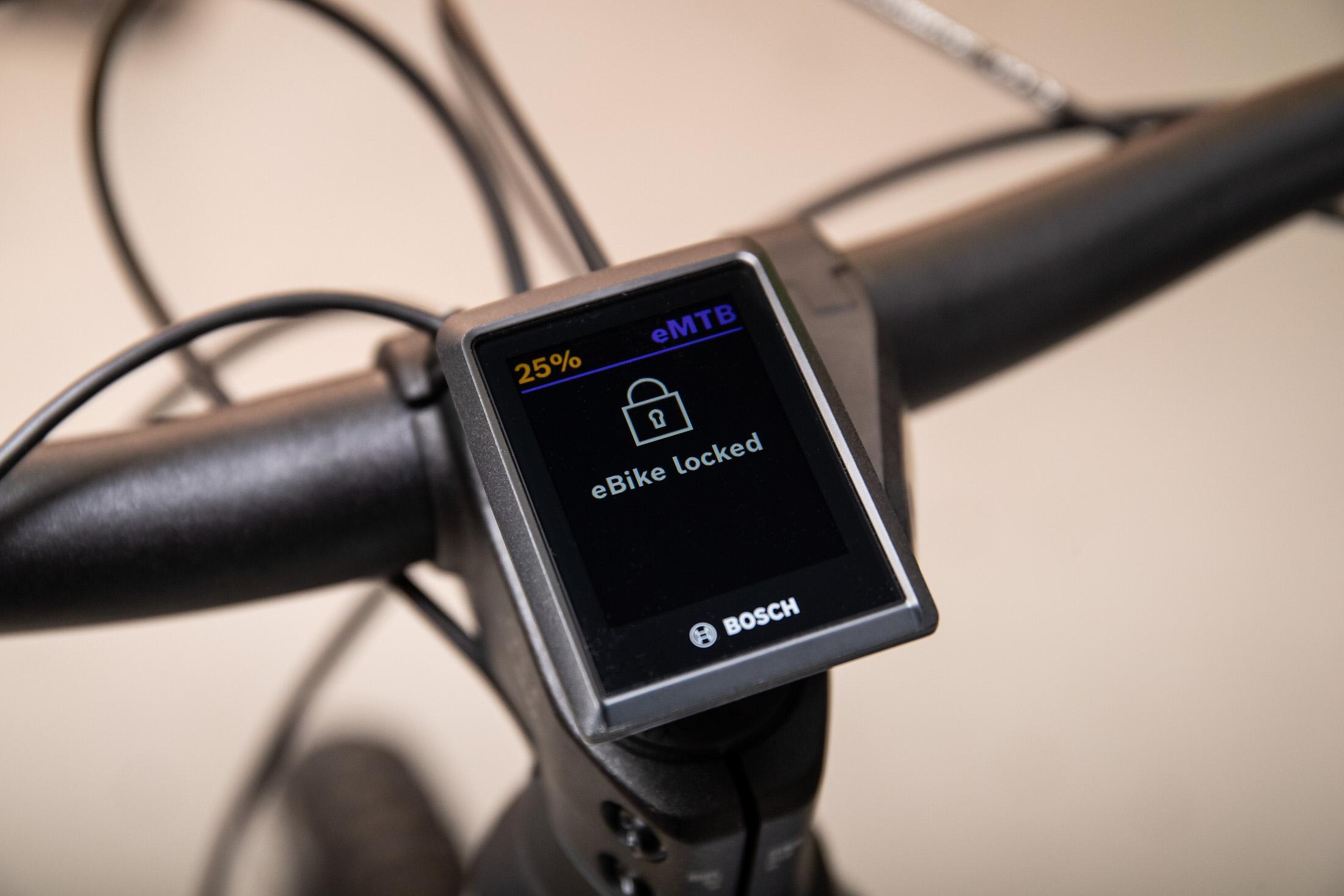When Price Influences the Value of your Product: The Battery Paradox
This story isn’t about perceived value—it’s about real value.
At CES 2025, Bosch unveiled an innovative anti-theft feature for their eBike batteries. Integrated into their Flow+ subscription, it allows users to track and locate stolen batteries, aligning with their vision of non-stealable bikes.
The idea is brilliant: if thieves know the batteries are worthless once stolen, thefts should decrease, creating a win for users and the market. This, in turn, increases the value of their batteries on the market. But here’s the catch: the feature is part of a paid subscription (eFlow+), offered at about 6 USD/month.
The issue: Many users will likely opt out, meaning eventually fewer batteries are traceable. This undermines the goal of making Bosch batteries universally “worthless” to steal. Ironically, the users who do pay for the feature are affected too—the more people who skip the subscription, the less effective it becomes for everyone.
The Paradox: The higher the price for this feature, the lower its value—both for the market and for paying customers. (note that this is exactly the opposite of what happens in luxury, where the higher the price tag, the more exclusive, the most value for buyers)
I genuinely admire Bosch’s eBike alarm feature, and companies have every right to monetize value. But doesn’t this feel like another attempt to push users into subscriptions, part of the broader trend toward “everything-as-a-service”?
The other features in the Flow+ subscription do not seem to be “wow” either; is it possible that Bosch is feeling the need to “throw in” additional features to justify its Flow+ plan?
Is this the best way to align pricing strategy with product value? Or are we seeing another case where short-term monetization clashes with long-term impact?
What’s your take on subscription-driven models like this?

My name is Salva, I am a product exec and Senior Partner at Reasonable Product, a boutique Product Advisory Firm.
I write about product pricing, e-commerce/marketplaces, subscription models, and modern product organizations. I mainly engage and work in tech products, including SaaS, Marketplaces, and IoT (Hardware + Software).
My superpower is to move between ambiguity (as in creativity, innovation, opportunity, and ‘thinking out of the box’) and structure (as in ‘getting things done’ and getting real impact).
I am firmly convinced that you can help others only if you have lived the same challenges: I have been lucky enough to practice product leadership in companies of different sizes and with different product maturity. Doing product right is hard: I felt the pain myself and developed my methods to get to efficient product teams that produce meaningful work.

